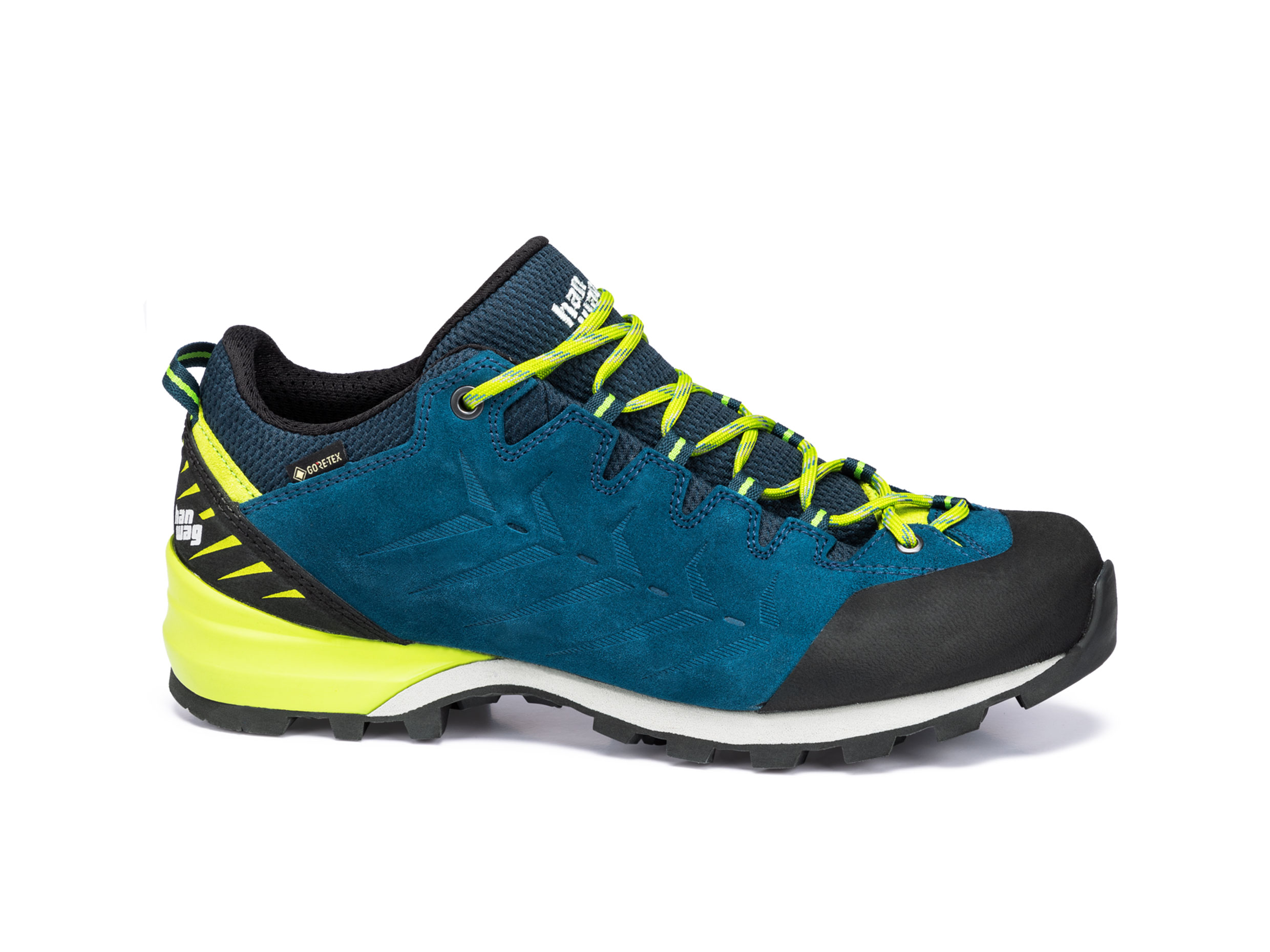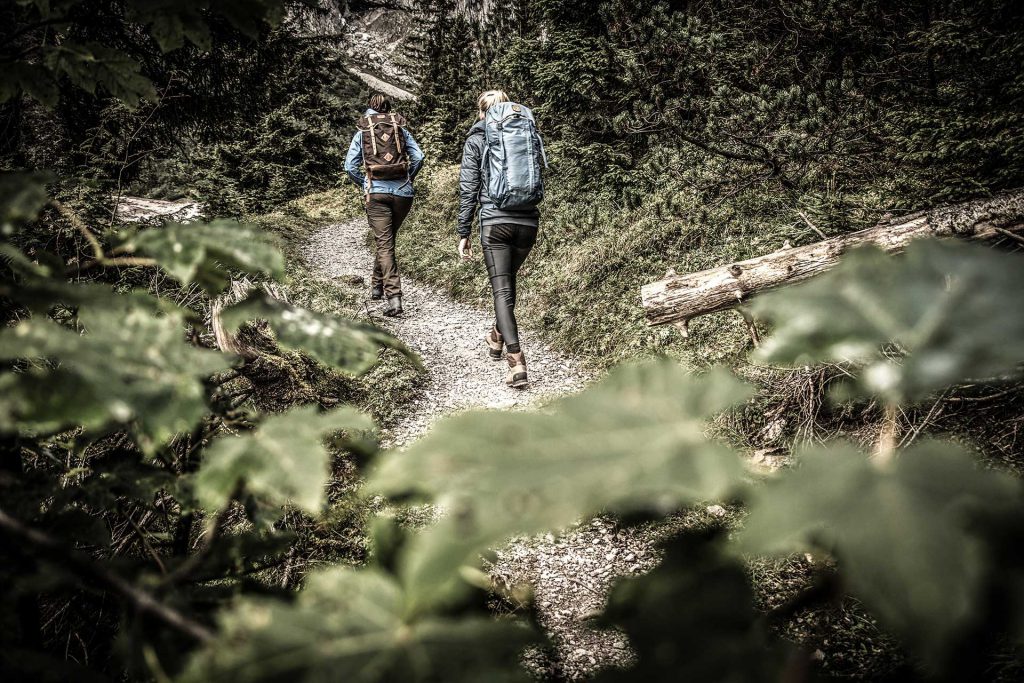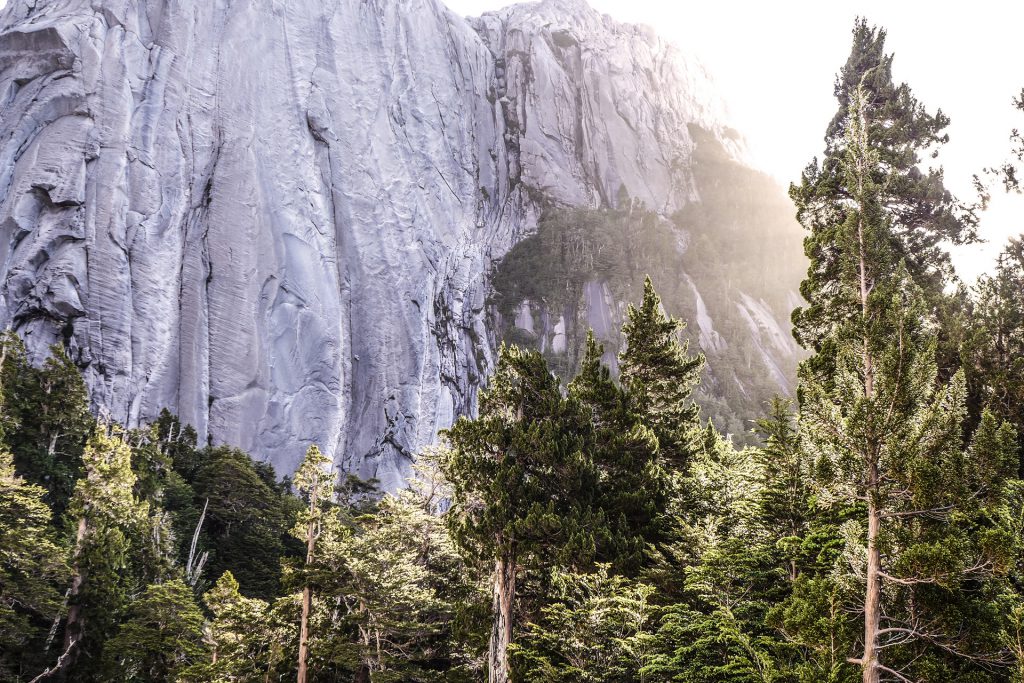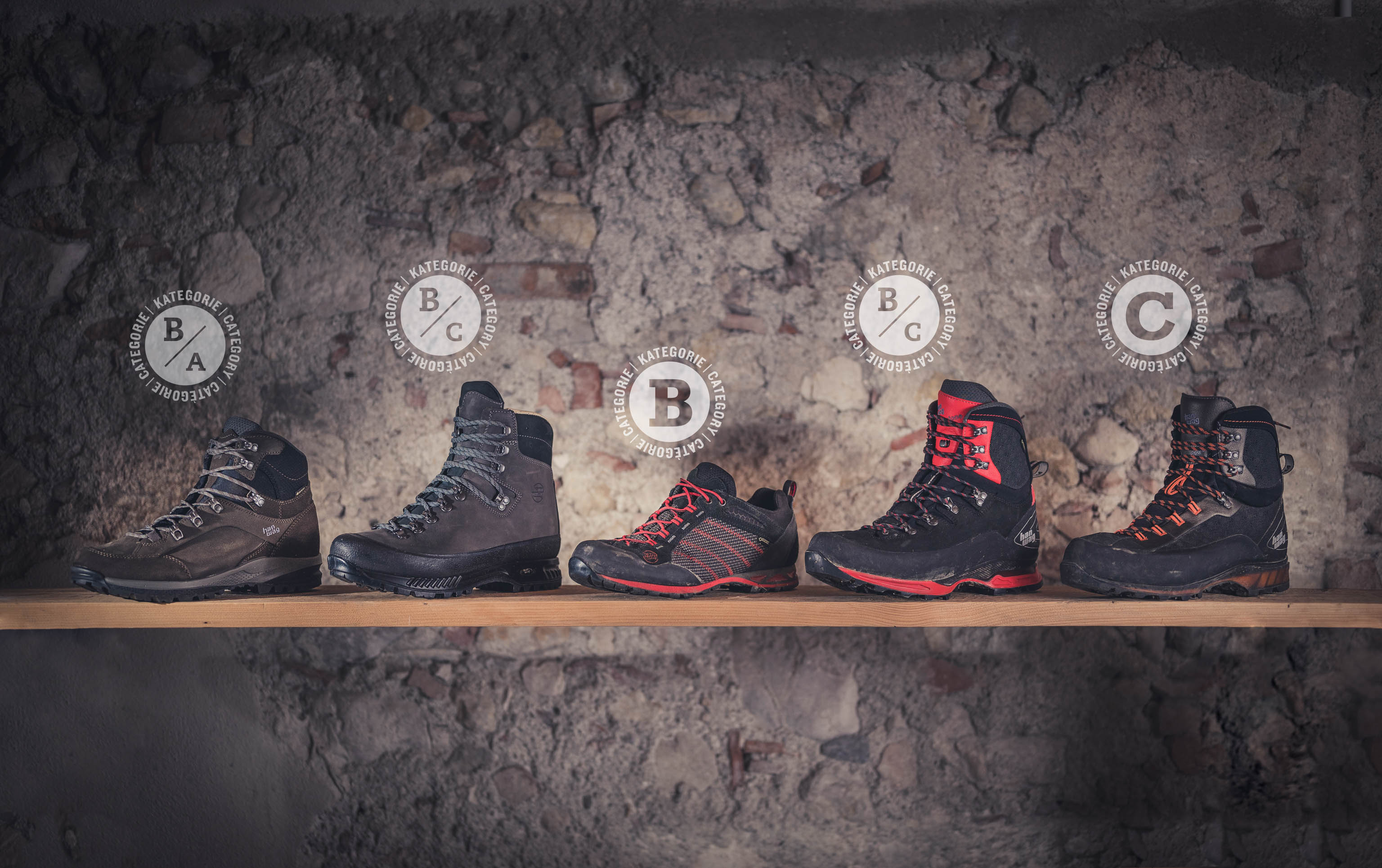Updated on
- Selection of the route
- Dolomites Logistics
- Weather Forecast
Here is a simple, 3-step protocol, to set out on a weekend loaded with good, adventurous fun
We often see all these expeditions happening and marvel upon the experiences of daring explorers wandering through different corners of the worlds. However, the possibility of living adventurous moments can be dialled for all sorts of people. The “micro-adventure” is a way of extracting a good chunk of adrenaline without having to excessively plan for it. In this scenario, we propose the Italian Dolomites for a weekend.
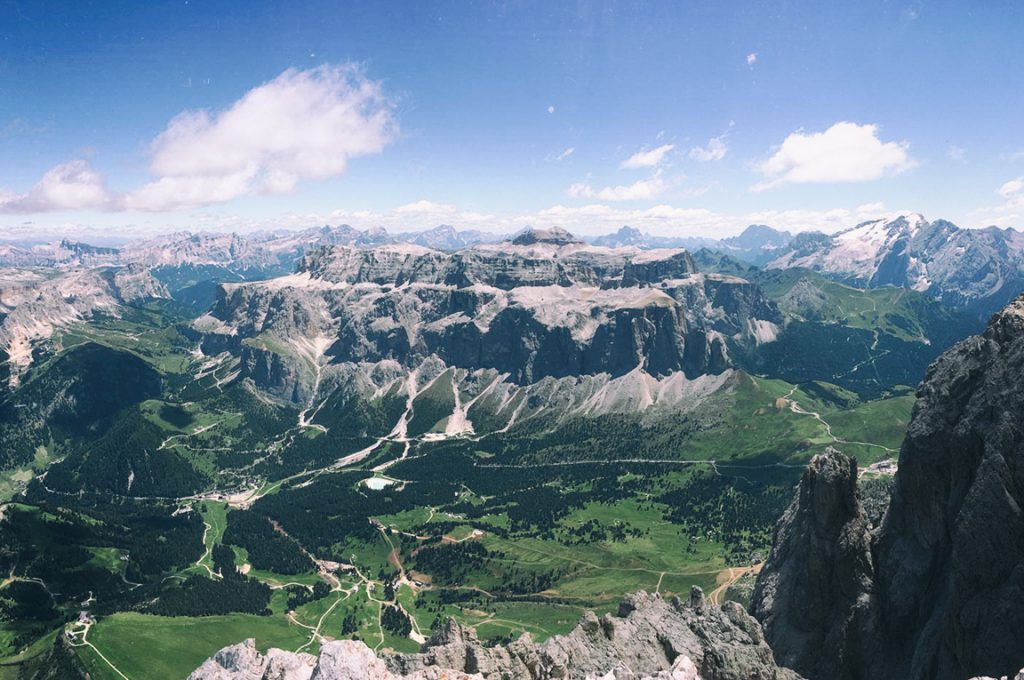
Step 1: Selection of the route
The dolomites are a complex playground, with enough choices to satisfy any climber from the most experienced to people standing at the beginning of the sport or even for those wanting to experience the vertical world through the via ferrata mode. Whatever the case, if you have never been here it is recommendable to hire a certified guide from the area that will make your experience safer and more pleasurable. An assortment of experiences guides can be found here.
For those with enough experience to tackle the trip on your own, the way to go is to get a good guide book that will put on your hands all the necessary topos to select something according to your climbing abilities. The Dolomites Climbing guide from Rockfax is by far the most comprehensive tome available and recommended.
Step 2: Dolomites Logistics
When do I go? Though it is possible to complete climbs during the winter months (some of the via ferrata make for excellent ski tours) – generally speaking –, the rock climbing season runs from June to the start of October. However, at the beginning of the season there is often still a lot of snow about and it is usually necessary to seek lower altitude south facing climbs.
The van life experience. Independent of where you come from, this kind of adventure can be put together in a weekend and, though you can fly-in from several near airports, the area is better accessed by car.
Where do I go? The Dolomites area is quite vast and as stated before, full of options. However, the best is to go to Cortina D’Ampezzo which is the central access point to the range and where you have the most amenities in case you forgot some equipment, need a guide, want to have a nice dinner or simply take a lift to access a portion of the range. Cortina is a good point to get organized and start the trip, considering the possibilities to sleep on camping sites or even throw a more “sketchy” bivy somewhere in the woods closer to a route that requires a stronger approach. No matter what you choose, start in Cortina.
Lifts – Most of the lifts open around the third week of June and close in mid-September, but it is worth contacting the local tourist offices for exact information if you are planning on using specific lifts during your trip.
Here is a good place to start when it comes to hopping on the lifts.
What to pack?
Here is a list of things that you should not forget for the weekend:
- Cooking set (gas stove, pot, mug, utensils)
- Trekking food (bars, gels, chocolates, etc.)
- Sleeping bag and sleeping matt
- Approach shoes – e.g. HANWAG Makra Pro Low GTX
- climbing shoes
- Map of the area
- Climbing guide or printed topos
- 3 Layer clothing system (an extra down jacket is always advisable)
- Climbing gear (according to your selected objective)
- Small Binoculars
- Gloves (nights can get cold and/or for the via ferratas)
- Helmet (loose rock is a common factor in the area)
- Daypack 25 – 30 L
- Sunglasses and Sunscreen
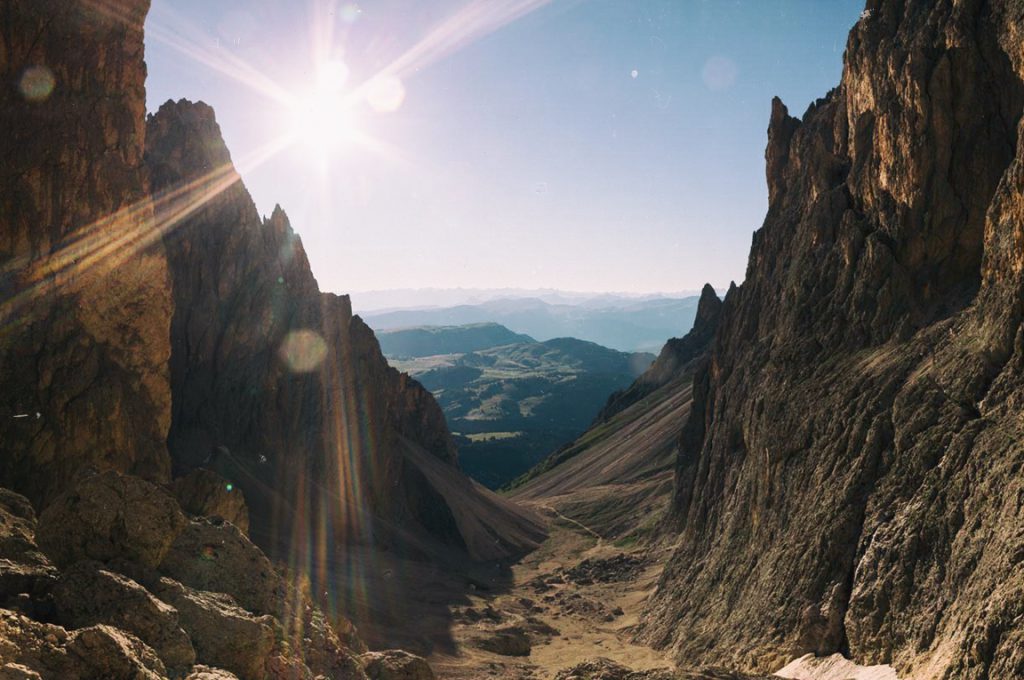
Step 3: Weather Forecast
This one might seem an obvious one, but often we forget to take a close look at the weather and how to interpret it according to our trip ambitions. Not every trip requires the same kind of conditions and some endeavors can be more permissible than other regarding the necessary conditions to execute them. A good alternative to move through the complicated terrain of weather conditions is to look at different forecasters and see what the combine prediction for the area is. The format can vary but Meteoblue is a solid tool to bring detail information to your planning. The website offers a multi-model tool that shows you different weather stations for the selected area and other – very – useful data. You can have a look at it here.
The three steps provided are a simple overview on how you can arrange a trip to the area. We strongly advice that you get as much information possible, never overestimate your abilities and you will have the most fun!


